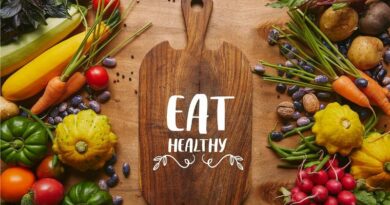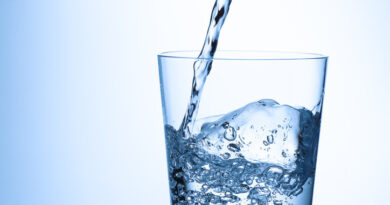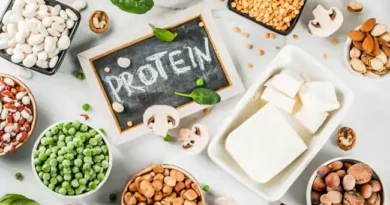Meal Planning for Older Adult
Eating healthfully and having an active lifestyle can support healthy aging. Adult refers to any individual in the age group of twenty years and above. The entire period of adulthood can be divided into two stages :-
The Young adult :- stable state in life, when tissues breakdown is not predominant or significant.
The Older adult :- Excessive breakdown of tissues and cells. The body can no longer compensate for tissue loss adequately.
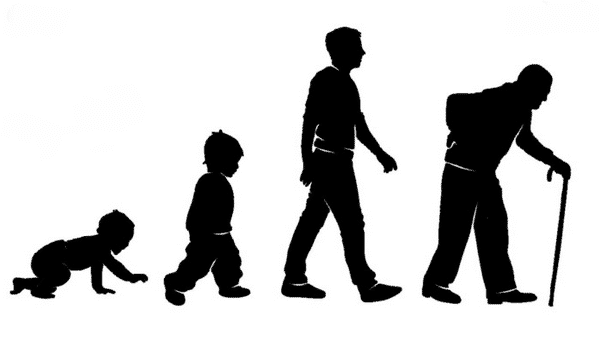
Eating a variety of foods from all food groups can help supply the nutrients a person needs as they age. A healthy eating plan emphasizes fruit, vegetables, whole grains and low-fat or fat-free dairy; includes lean meat, poultry, fish, beans, eggs and nuts; and is low in saturated fats, trans fats, salt (sodium) and added sugars.
What are Physiological changes during ageing ?
Kidney Functions
Reduction in number of functioning kidney cells, it means body wastes are not effectively removed from the body.
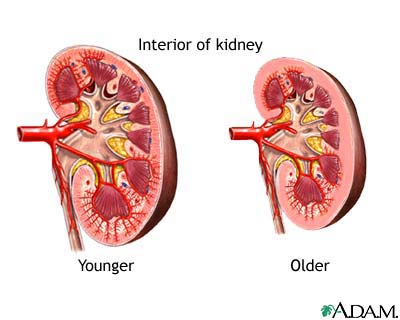
Digestive tract functioning
Number of tastebuds present in the mouth decreases which reduces sensitivity to taste. Also there may be reduction in the amount of saliva secreted, thus making swallowing somewhat difficult. Also there is decrease in amount of acid and other digestive juices secreted by the digestive tract and result in improper digestion and absorption of food.
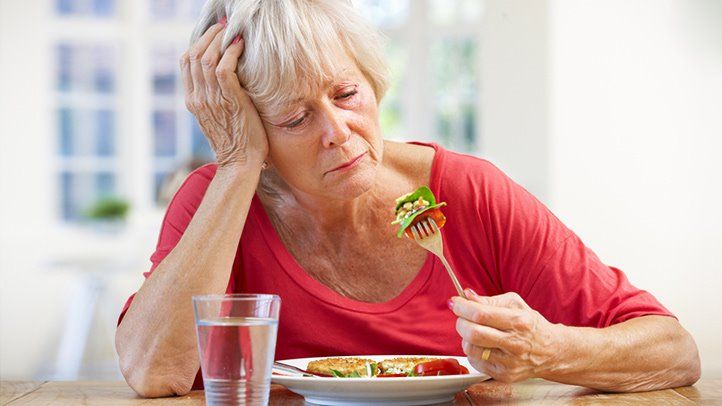
Skeletal System
Skeletal bone loss occur with ageing. Also some thinning of bone tissue due to loss of Calcium and Phosphorus occurs result in Osteoporosis. It is a condition when the bones become weak and brittle.
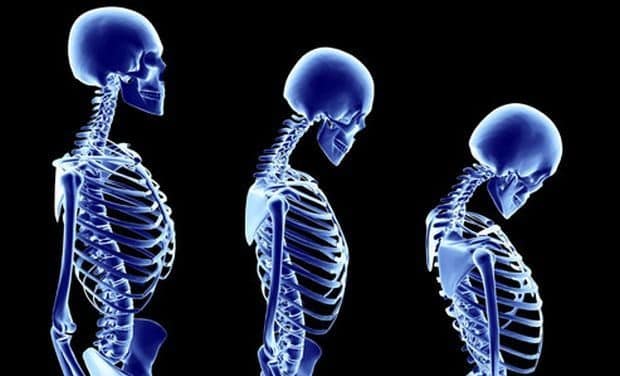
What are specific consideration for older adults ?
Nutrition needs vary with age and gender. Now you’re older, the foods and drinks that make up a healthy diet may need to be slightly different from when you were younger. In general, you’ll need less of some foods and more of others. Simple adjustments can go a long way toward building a healthier eating pattern. Follow these tips to get the most out of foods and beverages while meeting your nutrient needs and reducing the risk of disease:
- There is a problem of loose teeth so chewing becomes difficult. It means include only soft, well cooked, mashed or finely cut foods in the diet. Hard foods, with skin or seeds should be avoided.
- Eat fruits and vegetables. They can be fresh, frozen or canned. Eat more dark green vegetables such as leafy greens like collard greens or mustard greens or broccoli, and orange vegetables such as carrots, pumpkin, butternut squash and sweet potatoes.

- There is a problem of impaired taste sensitivity, so meals should be made more attractive and appealing by including a variety of foods and colour combination so as to encourage/ motivate them to eat.
- Particular attention has to be given for including protective foods (fruits/vegetables).
- Constipation is also common complaint during old age. To overcome this include plenty of fibre rich food/ water and fluid in the diet.
- Eat plenty of fibre and drink plenty of fluids. Water is essential for hydration, digestion and blood volume, but now you’re older, you may not feel as thirsty as you once did, even when your body needs fluids. Try to drink water about 6–8 cups of fluid a day, and more in warmer weather or when exercising. Water is your best bet for hydration, but tea, coffee, mineral and soda water, and reduced fat milk count too. High fibre foods and plenty of fluids will help to move slow bowels.

- Balancing physical activity and a healthful diet is the best recipe for health and fitness. Set a goal to be physically active at least 30 minutes every day — this even can be broken into three 10-minute sessions throughout the day.
- Limit foods high in saturated fat, such as biscuits, cakes, pastries, pies, processed meats, commercial burgers, pizza, fried foods, potato chips, crisps and other savoury snacks.
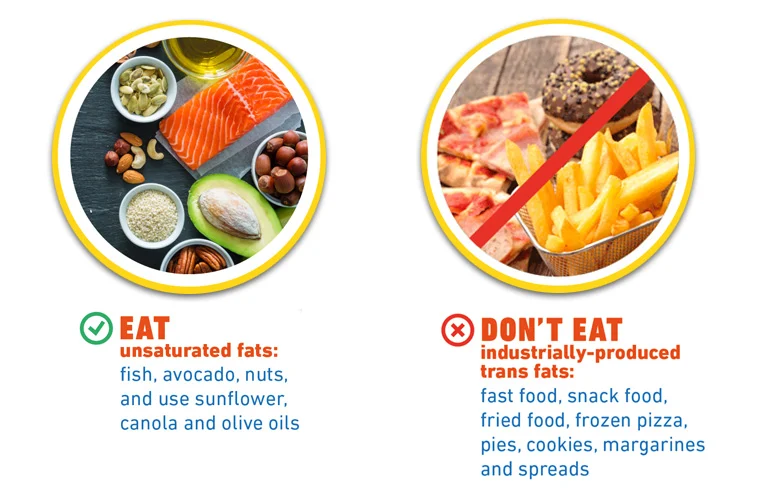
- Use less salt. Everyone needs some salt, but too much can increase your risk of high blood pressure and heart disease. Watch your intake of high salt foods, such as cured meats (ham, corned beef, bacon, lunch meats etc.), snack foods (potato chips and savoury pastries etc.), and sauces (soy sauce, for example). Choose reduced salt food when shopping, and flavour your cooking with herbs and spices instead of salt.
Serving sizes and amounts
When it comes to meals, it’s good to know serving sizes and how much you need for your age. For the five food groups, aim for these serves each day :
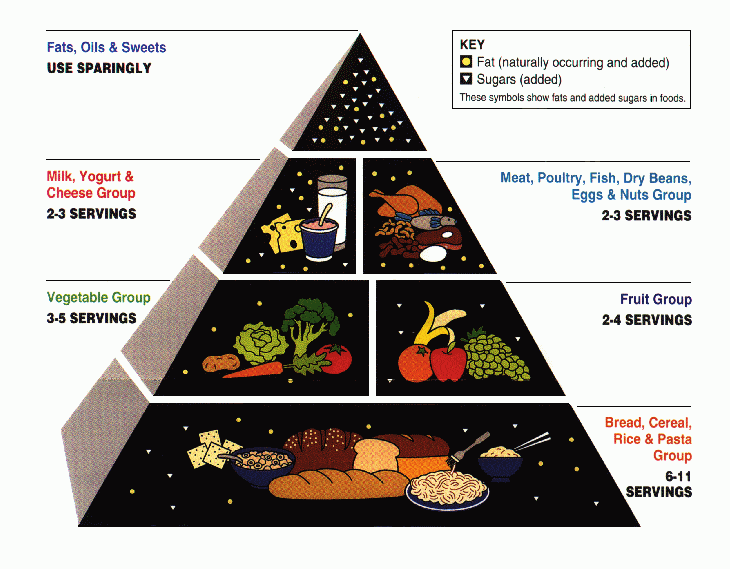
Serving sizes for each food group are:
- Vegetables: A standard serve is about 75 grams (100–350 kilojoules); for example, ½ cup cooked green or orange vegetables or ½ cup cooked dried or canned beans, peas or lentils.
- Fruit: A standard serve is 150 grams (350 kilojoules); for example, a medium apple or banana, or two kiwifruits or plums. Try to eat whole fruit and not fruit juice.
- Grain foods: A standard serve is 500 kilojoules; for example, one slice of bread or ½ cup cooked porridge. At least two-thirds of choices should be wholegrain varieties.
- Lean meats and poultry, fish, eggs, tofu, nuts and seeds, and legumes/beans: A standard serve is 500–600 kilojoules; for example, 65 grams cooked lean red meats or two large eggs.
- Milk, Yoghurt and Cheese or alternatives: A standard serve is 500–600 kilojoules; for example, a cup of milk or ¾ cup yoghurt.


